The Horsehead Nebula in Orion
Speed test with 10" f/3.9 Astrograph
Uploaded 1/31/16

| Back in the "old"
film days, you had to have very transparent conditions, dark
skies and at least 10 minutes with a fast scope to get any image
at all of the Horse head nebula in Orion - Barnard 92. As a demonstration
of what my water cooled CCD with microlenses can do with our
new fast Orion Astrograph (with Baader MPCC coma corrector),
I took a series of images of this object, and discovered that
even a 1 second exposure (binned 3 x 3) was recording it quite
well. This is going to be a fantastic combination for deep sky
and comet imaging! Nothing more a gamma curve stretch was used
here. |
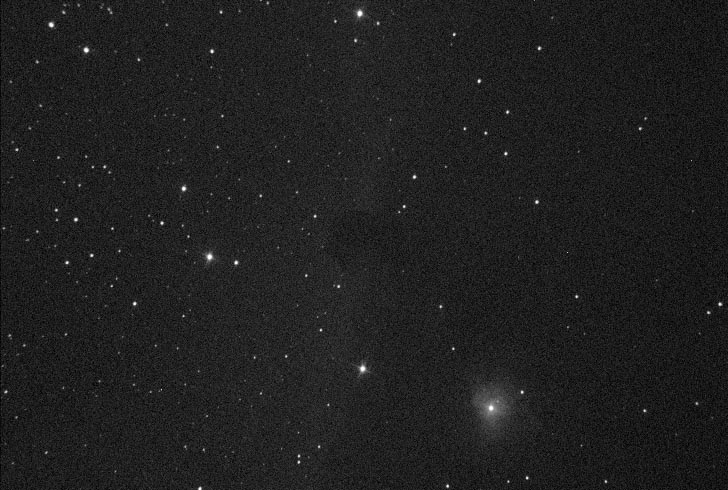 |
1 second exposure
|
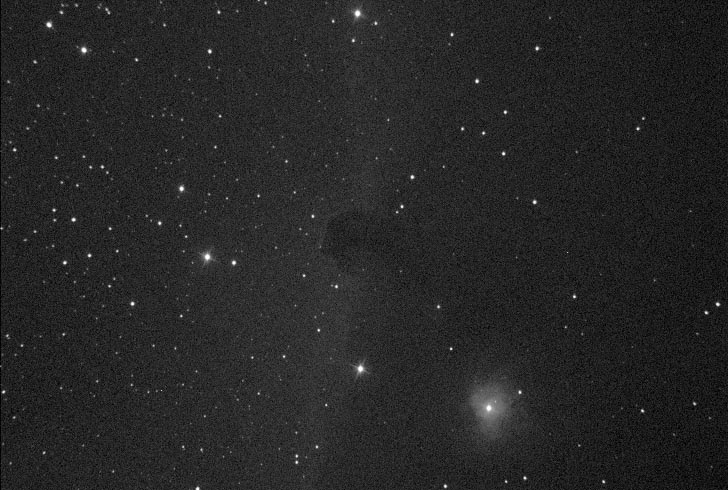 |
2 second exposure
|
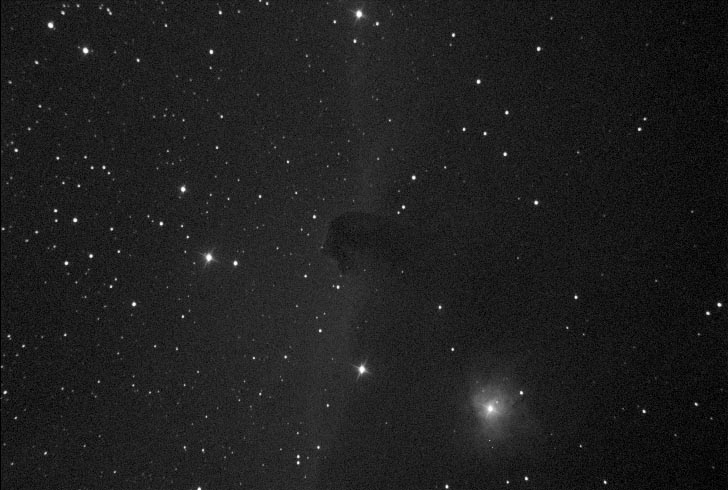 |
4 second exposure
|
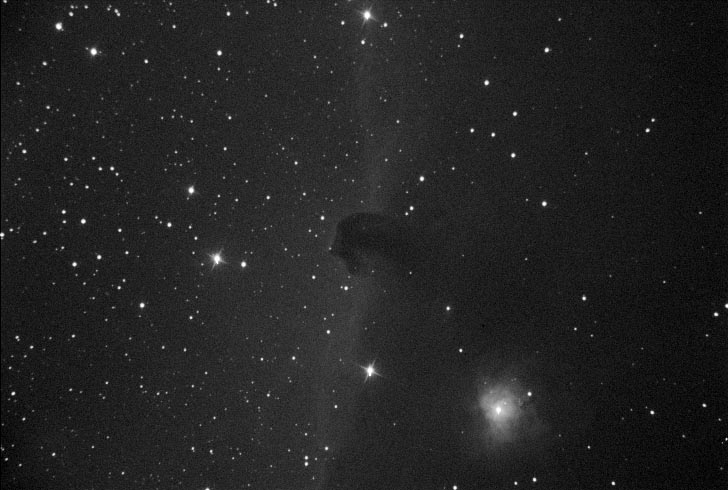 |
8 second exposure
|
And of course, we need color images too - here is 1 second each filter, red - blue - green combined to a color image:
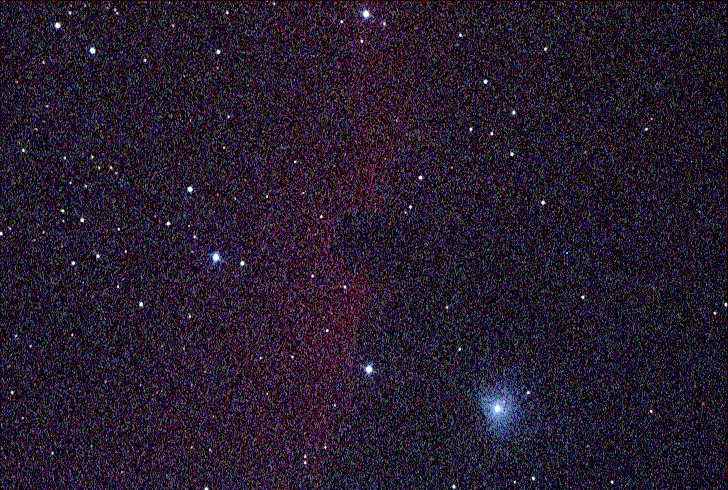 |
1 second exposure
per RGB channel
|
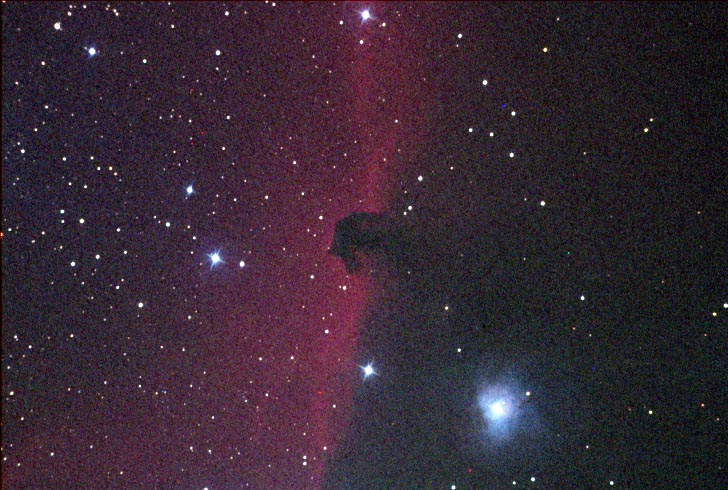 |
8 seconds exposure
per RGB channel:
|
Instrument: 10" f/3.9 Orion Astrograph Newtonian
Mount: Astrophysics 1200 QMD
CCD Camera: SBIG 10XME NABG with Enhanced Water Cooling
Guider: Meade DSI Pro w/80mm piggyback refractor
Exposure: 1s to 24s for color
AstroDon RGB Combine Ratio: 1: 1.05: 1.2
Location: Payson, Arizona, Elevation: 5150 ft.
Sky: Seeing FWHM = 3 arcsec , Transparency 9/10
Outside Temperature: 25 F
CCD Temperature: -20 C
Image Processing Tools:
Maxim DL: Calibration, deblooming (Starizona Debloomer), aligning, stacking
PixInsight: Curves, Deconvolution
Photoshop CS2: Curves, Color Correction, Gradient removal (Grad Xterminator), Cleanup
HOME GALAXIES EMISSION NEBS REFLECTION NEBS COMETS
GLOBULARS OPEN CLUST PLANETARIES LINKS

|